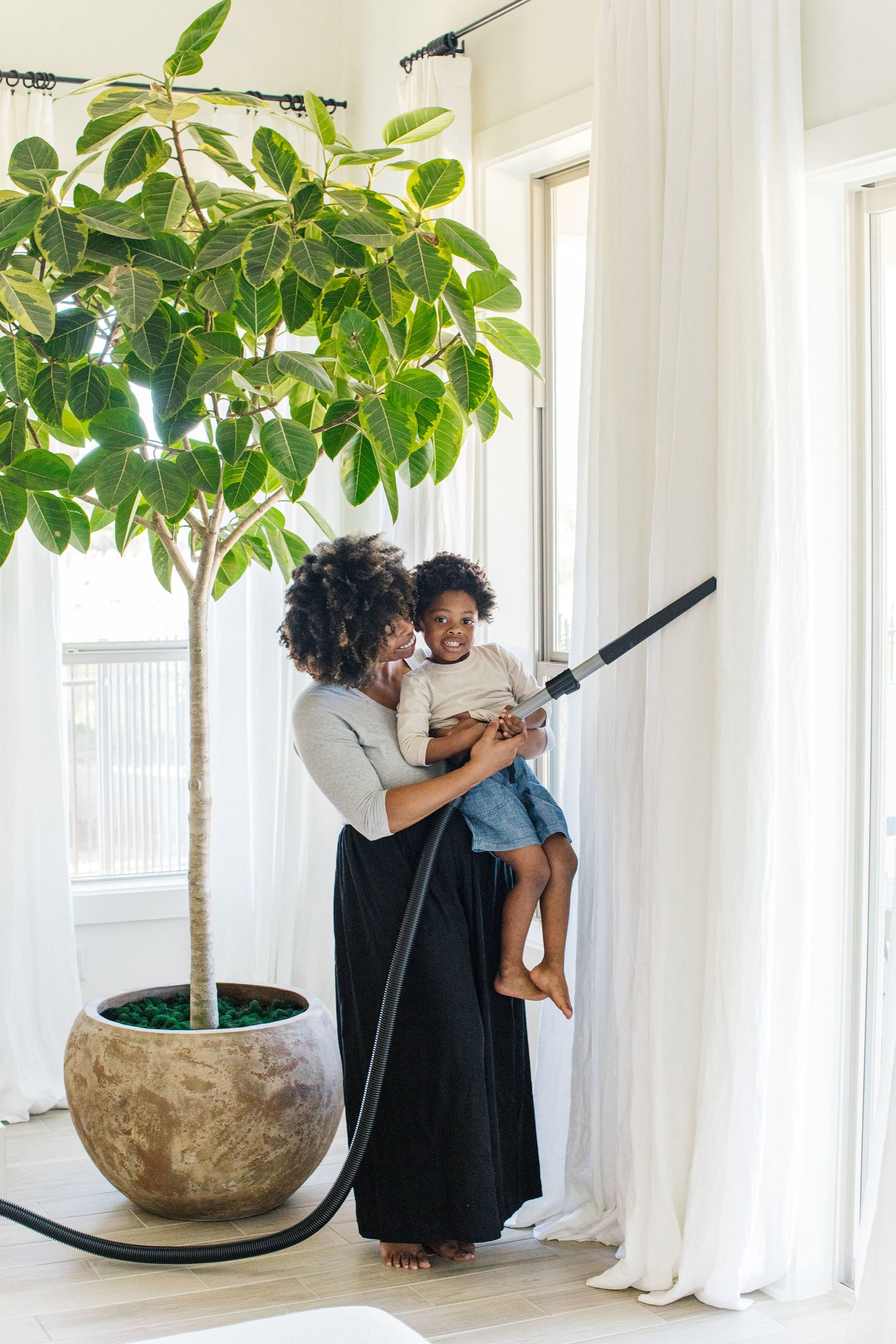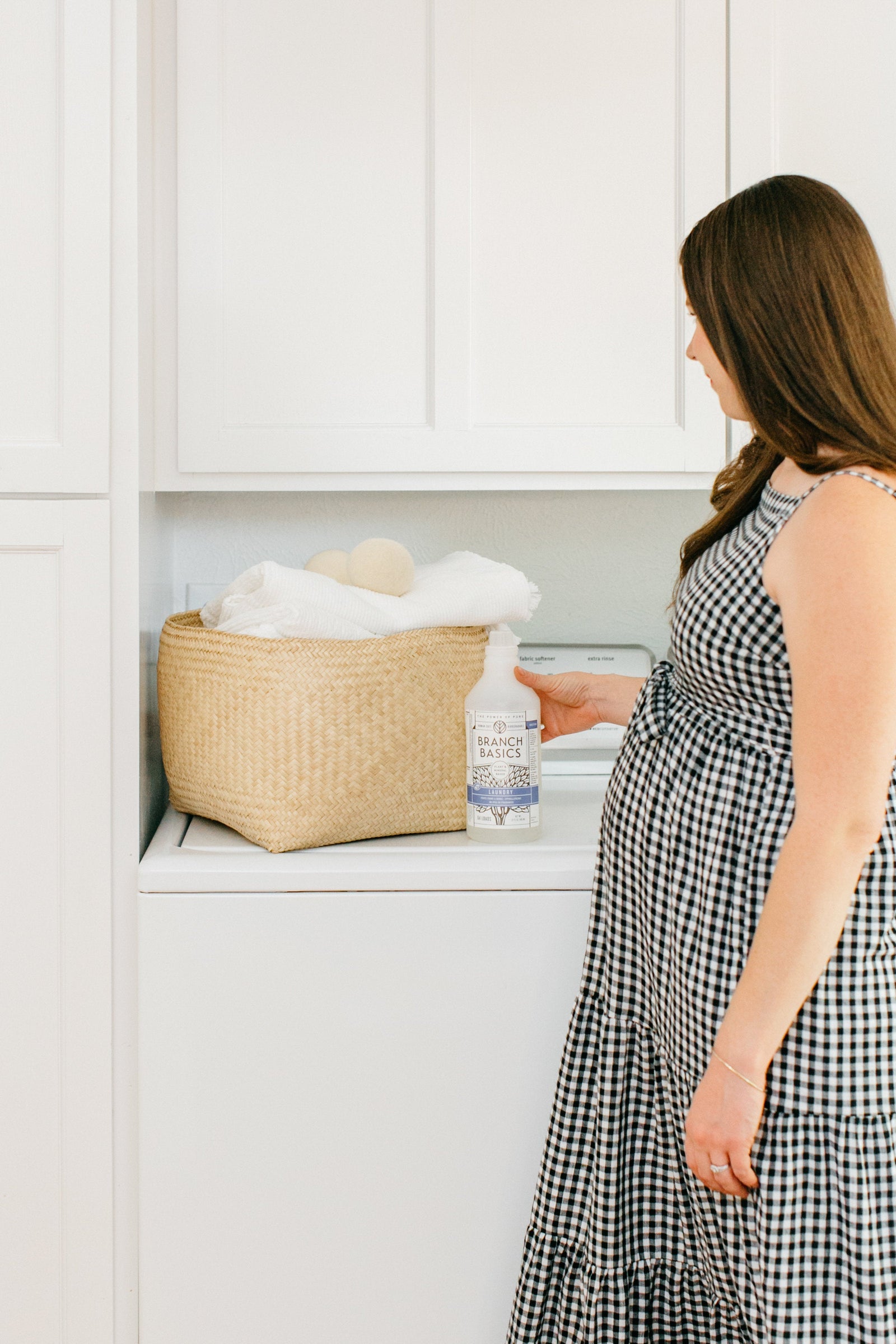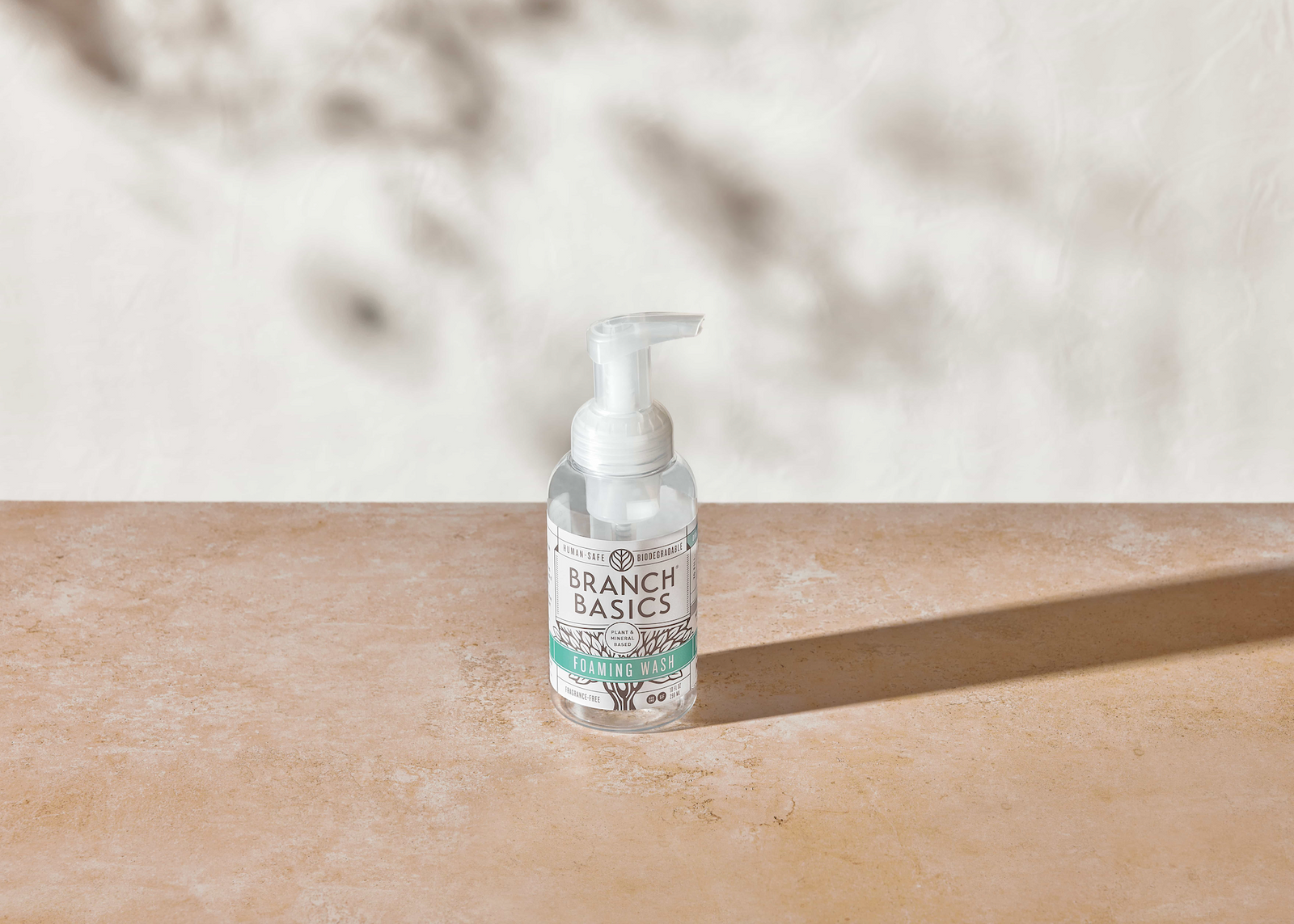HEPA Vacuum: Indoor Air Pollution’s Worst Enemy (& How to Choose One for Your Home)

Dirtiest Place in the House? Maybe It’s the Air!
Have you ever thought about how to clean the air in your house?
To most people, cleaning means removing trash and clutter, wiping and mopping away visible dirt and dust, and getting rid of unpleasant odors.
However, the “dirtiest” place in your home may be the invisible, odorless air you are breathing. Conventional cleaning methods often fail to address the indoor air pollutants that could be making you sick.
In fact, cleaning with products containing synthetic fragrance and other synthetic chemicals or with an unsealed vacuum cleaner can actually leave the indoor air quality in your home worse than when you started cleaning.
Dust and SVOCs - The Silent Contaminant

Particles in the air can not only be a vehicle for the spread of airborne disease but can also be the major cause of many allergic and respiratory reactions as they present exposure to toxic chemicals that ride on dust.
These odorless semi-volatile organic compounds (SVOCs), such as phthalates, flame-retardants, pesticides, biocides, plasticizers, polycyclic aromatic hydrocarbons (PAH), and polychlorinated biphenyls (PCBs) are silent contaminants that emit from materials and ride on the dust in the air you see and breathe.
Unlike volatile organic chemicals (VOCs) that reduce relatively quickly and warn of their presence with an odor, SVOCs are insidious because they have no odor and can persist for years indoors at increasing levels because of their continual, slow rate of release from sources.
If someone in your home has had trouble healing from a chronic disease, chemical injury, or other immune system illness, there may be SVOCs in the air.
Even without major health problems, SVOCs are harmful to your health and will put stress on your immune system.
The good news is that just regular HEPA vacuuming significantly reduces exposure to SVOCs and improves your home’s air quality.
In addition, the removal of as many sources of SVOCs from the home where possible is recommended.
Related Read: How to Choose the Best Home Air Purifier
The HEPA Difference - Why Your Vacuum Matters
“Cleaning” with the wrong vacuum can actually contribute to allergic reactions, asthma, and other illness.
Most vacuum cleaners exhaust the very dust that was just collected back into the air, making the area more contaminated than before.1
To prevent this, a HEPA vacuum that has a certified sealed system (also called an abatement level vacuum) should be used to ensure that the finest dust (including animal dander) is picked up and that no particulates leak out at junctures where hoses and nozzles connect.
HEPA is an acronym for High-Efficiency Particulate Arrestance, a particular type of filter that removes fine dust - 99.97% of particles that have a size of 0.3 µm (micrometers), or three millionths of a meter.
Cleaning regularly with a certified sealed HEPA vacuum dramatically improves air quality by reducing the amount of airborne allergens, dust, and harmful synthetic chemicals in your home.
What to Look for in a HEPA Vacuum
“Certified Sealed” HEPA vacuums, which we recommend, are air-tight, so all air sucked through the machine passes through the filter and none escapes back into the air.
In order to push air through the HEPA filter, these vacuums must have powerful motors making them typically more expensive than non HEPA vacuums.
Be aware that sometimes vacuum cleaners may contain a “HEPA” filter, but if not properly sealed, dust is spewed back into the air during vacuuming.
Some vacuums are even advertised as "HEPA-like" because the filter looks similar to a HEPA filter, but does not have the same filtering power of a true HEPA vacuum.
Rather than purchasing a series of inexpensive vacuums that have a tendency to break or lose effectiveness over time, you might consider saving money by investing in just one quality vacuum.
A well-made, high end HEPA vacuum will provide long lasting protection from allergens and SVOCs.
The benefits will be worth it - a truly clean home, a reduction in exposure to toxic SVOCs, and therefore a safer haven for your family.
HEPA Vacuum Brands We Recommend
See below for a list of some HEPA vacuum options that adhere to the Branch Basics standard of clean:
- Nilfisk GM 80 – this is an abatement level vacuum used to abate mold, lead, and asbestos and is a highly recommended vacuum.
- Nilfisk GD 930 – another highly recommended abatement level vacuum; if you have carpet, add the Nilfisk Power Nozzle M70032.
- Any Miele Vacuum with a certified AirClean Sealed System.
- Shark Apex Powered Lift Away—the most economical option (rated by Good Housekeeping) with a sealed system.
- Dyson vacuums with a HEPA filter.
Nilfisk HEPA vacuums are our favorite brand. They are lightweight but built to last several generations with commercial level durability.
Nilfisk HEPA vacuums are actually used to clean the NASA cleanrooms, spaceships and shuttle, and are used in mold, lead, and asbestos abatements.
If purchasing a new vacuum is not an option for your family right now, consider renting a HEPA vacuum for an annual deep clean.
Even infrequent use of a HEPA vacuum will dramatically improve your indoor air quality.

Healthy Home: Getting the Cleanest Clean
When you begin using a HEPA vacuum, it will start to change the way you clean.
You will soon discover that vacuuming is not just for floors!
Although you may not consider vacuuming the walls and ceiling of your home as routine housecleaning, you can actually significantly reduce the airborne toxins and synthetic chemicals in your environment with a deep clean by vacuuming them a couple of times a year.
You can use a HEPA vacuum to address dust on virtually any surface, including stuffed animals, books, furniture, walls, ceilings, lampshades, cars, etc.
In fact, using your vacuum to take care of “dusting” will ensure that the dust doesn’t continue to circulate the way it does if you use a rag to wipe surfaces.
I have a HEPA Vacuum. Now What?
Ready to get started with a HEPA vacuum?
We recommend starting fresh with a thorough deep clean of your home.
You can follow our tutorial for the Official Branch Basics Deep Clean to remove toxins.
After an initial deep clean, you can use your HEPA vacuum to maintain clean indoor air on a regular basis.
If you aren’t able to do a full-home vacuum very often, we highly recommend at least regular vacuuming in your bedroom.
Because your bedroom is the room you spend the most time in per day and the room where your body rests and restores itself overnight, it should be your first consideration when it comes to air quality.
Do you have a HEPA vacuum? Have you noticed any differences when using it for cleaning? Let us know by leaving your comments below!
Further Reading
Break the fragrance habit. Use these Nontoxic Air Fresheners instead of the synthetic variety to remove odors.
Keep reading about synthetic chemicals to avoid in your home: Common Cleaning Products to Avoid & Safe Swaps.
Going on a trip? Check out our Healthy Travel Guide for our favorite travel snacks and tips for preventing sunburn, jetlag, and more!
Want advice on how to choose clean products? Read our guide to becoming your own product advocate.
Improve the air quality in your home by choosing human-safe cleaning products. To start, try the Branch Basics Premium Starter Kit and toss the toxins.

Marilee Nelson
Marilee Nelson is an Environmental Toxins expert who has spent nearly 30 years advocating for the chemically-sensitive and chronically-ill. She is a Board Certified Nutritionist, Certified Bau-Biologist and Bau-Biology Inspector and specializes in Food As Medicine. She has helped thousands of families and individuals identify, heal and recover from toxic exposures and is on a mission to revolutionize the way American families view their health.








